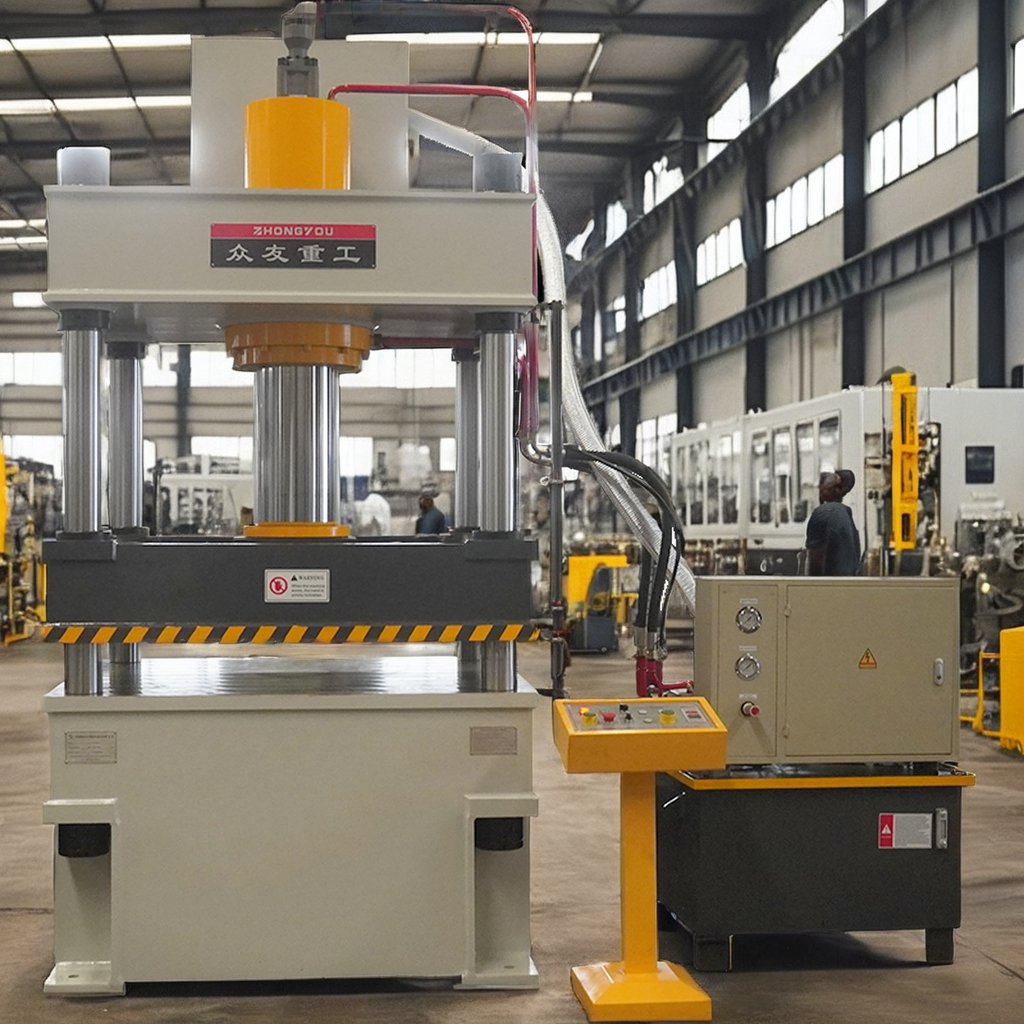Hydraulic presses have numerous applications in industrial production, https://wellmachines.com/,including but not limited to:
I. Metal Processing
1. Stamping: It can press metal sheets into desired shapes, such as automotive parts and electrical enclosures. By changing the molds, various shapes and sizes of stamped parts can be produced. Its high precision and pressure ensure dimensional accuracy and surface quality of the stamped parts.
2. Forging: Applying immense pressure to metal billets to deform them into the required shapes. Forging improves the internal structure of metals, enhancing their strength and toughness. For instance, critical components like gears and axles can be forged using hydraulic presses to meet high strength and reliability requirements.
3. Extrusion: Placing metal billets into molds and applying pressure via hydraulic presses to extrude the metal material through the holes of the mold, forming various profiles like tubes and bars. This process is widely used in construction, aerospace, and other industries.
II. Non-Metal Processing
1. Plastic Molding: Hydraulic presses are utilized for compression molding of plastic products. For instance, in plastic pallet production, the press heats and softens plastic before pressing it into a pallet shape. Its even pressure distribution and fast molding speed ensure product quality and production efficiency.
2. Composite Molding: Used for laminating and molding composite materials. For example, in the aerospace industry, high-performance materials like carbon fiber composites can be molded using hydraulic presses to create lightweight yet high-strength aircraft components and spacecraft structures.
III. Other Applications
1. Packaging and Compression: Compressing waste metals, paper, plastic, and other materials to reduce volume for easier transportation and storage. In the recycling industry, hydraulic presses compress large quantities of metal scraps into compact blocks, enhancing transportation efficiency and reducing costs.
2. Straightening: Correcting the curvature of deformed metal parts. By applying appropriate pressure from a hydraulic press, deformed parts can be restored to their original shapes.
3. Press-fitting: Assembling precise mechanical components, such as gears, bearings, and engines. The precision and force of the hydraulic press ensure accurate and secure assembly.
4.Refractory material forming: Producing refractory bricks, refractory balls and other refractory materials. Hydraulic presses can provide sufficient pressure to enable refractory materials to have good strength and stability, meeting the usage requirements of high-temperature industrial environments.
5.Scientific research experiments: In scientific research experiments in fields such as materials science and mechanics, hydraulic presses can simulate various pressure environments and be used to test the properties of materials and study the deformation laws of materials, etc.
Views: 0

